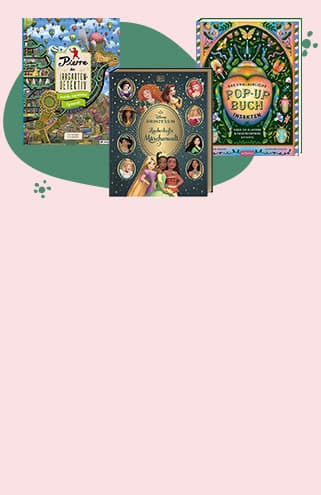Tennessee Williams (Thomas Lanier Williams; 1911-83) was a US playwright, whose controversial plays dealt with themes of repressed sexuality and family conflict. Williams was the most popular playwright in America between 1945 and 1960, winning the Pulitzer Prize twice and the New York Drama Critics' Circle Award four times. Amongst serious playwrights, only Eugene O'Neill equalled his achievements on the Broadway stage; several of Williams's plays were also made into successful films. The son of a shoe salesman, Williams grew up in some poverty in Mississippi and Missouri. Many of his early frustrations, which are reflected in his plays, arose from the prudery of his mother and the coarseness of his womanizing father, who, as his son's homosexuality became apparent, invariably referred to him as 'Miss Nancy'. The playwright revealed his homosexuality in his Memoirs (1975), having previously explored the subject in Cat on a Hot Tin Roof and Suddenly Last Summer. Williams tried his hand at fiction and poetry before turning to drama in the late 1930s, winning a Theatre Guild prize for the four one-act plays entitled American Blues in 1939. Recognition as a major playwright came with The Glass Menagerie, a tender work inspired by the tragic life of his sister, a schizophrenic. His next play, the brutal A Streetcar Named Desire, opened in 1947, winning the Pulitzer Prize and making a star of Marlon Brando. It was followed a year later by Summer and Smoke. In 1949, these three plays were running simultaneously in London. His later works included The Rose Tattoo (1951), Camino Real (1953), Orpheus Descending (1957), and SWEET BIRD OF YOUTH (1959), which opened with Paul Newman and Geraldine Page in the leads. By the late 1950s, Williams was being accused of repeating himself, and after Period of Adjustment (1960) and The Night of the Iguana (1961), his plays were received unenthusiastically. During his later years, Williams became increasingly dependent on drugs and alcohol, suffering a nervous breakdown in 1969. He died in 1983.





































